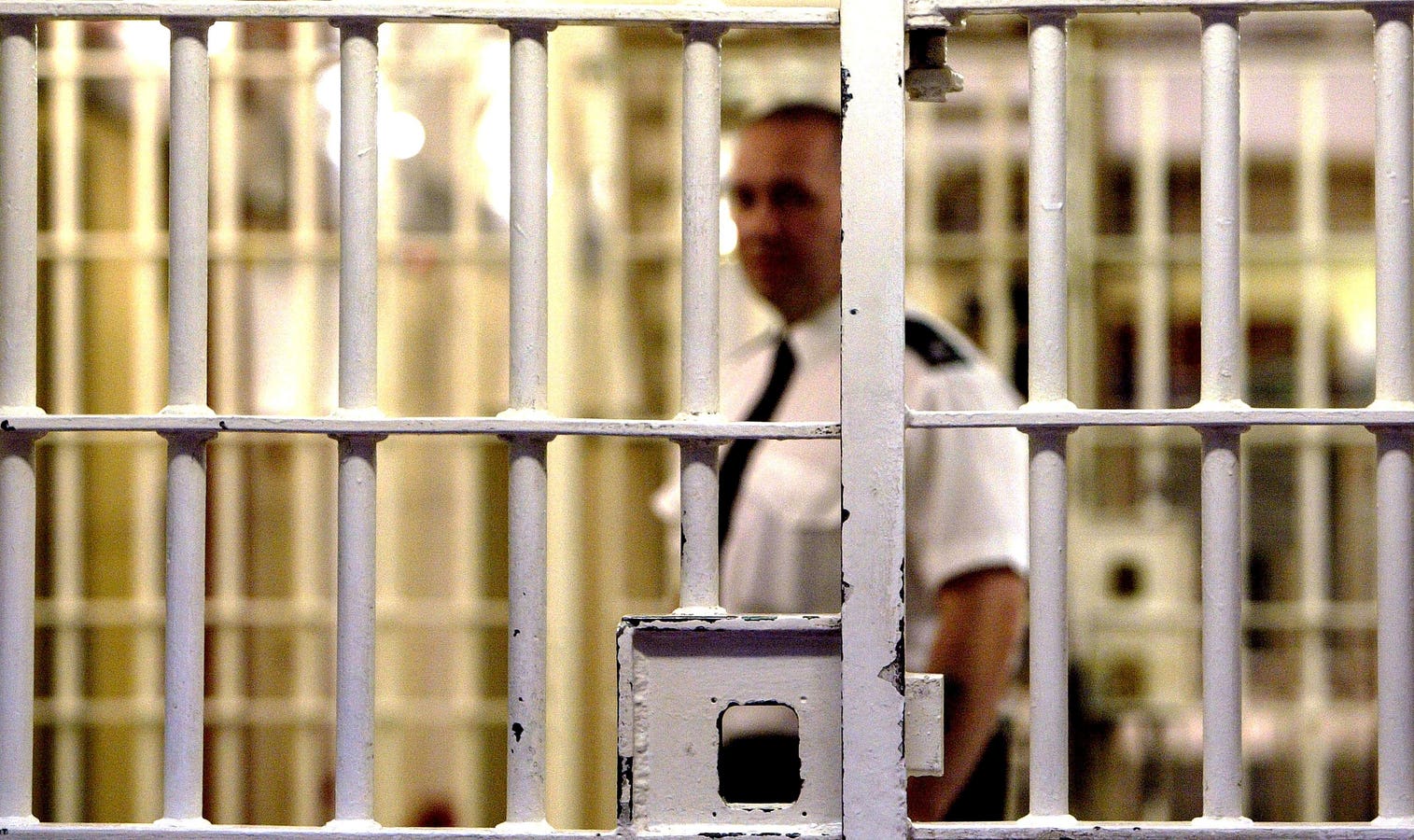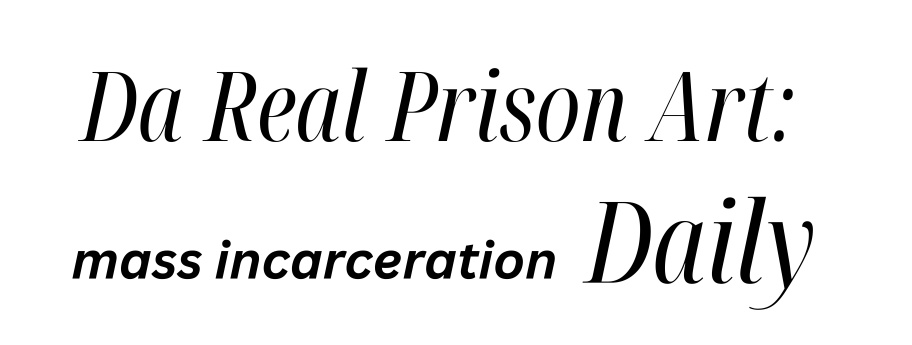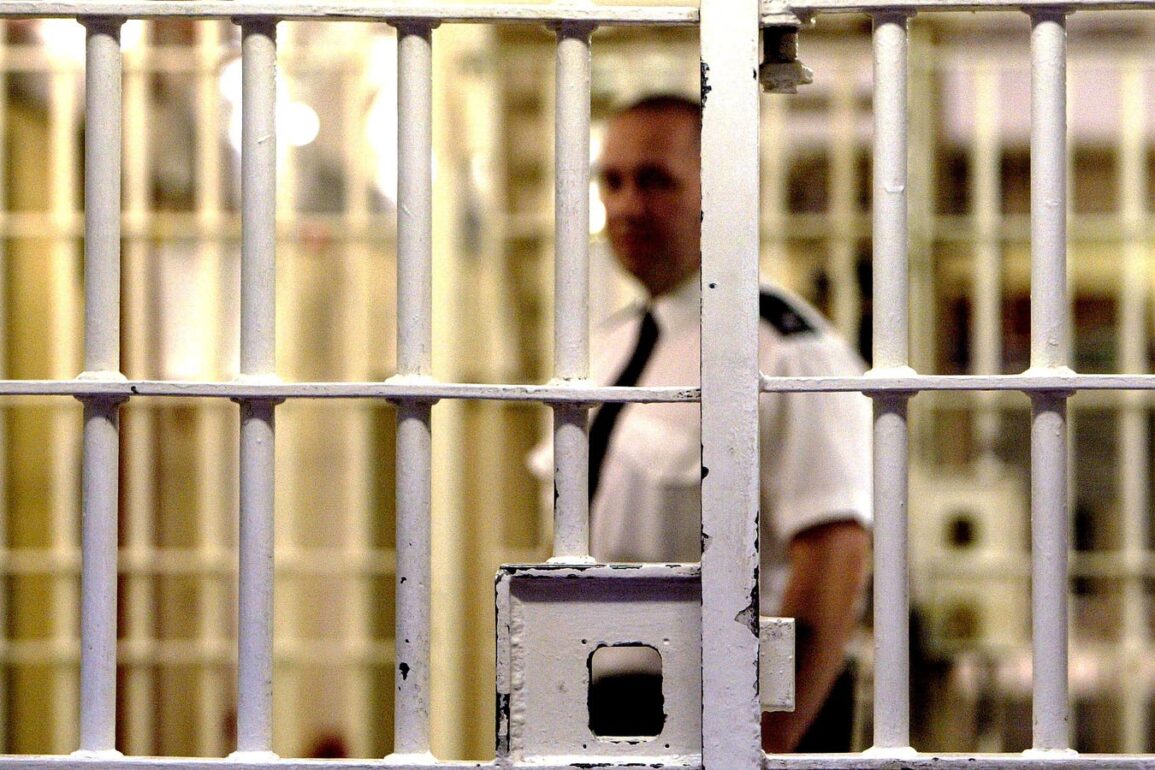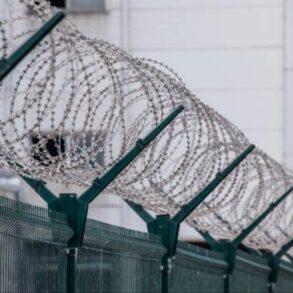
Even before the COVID-19 pandemic, prisons across the country faced severe staffing shortages. The Federal Bureau of Prisons (BOP), operating on an $8.3 billion annual budget, has attempted to address these gaps by hosting job fairs, offering retention bonuses, and increasing pay to attract and retain workers. Despite these efforts, federal prison facilities continue to grapple with significant staffing shortfalls. In December 2024, the BOP announced the closure of seven prisons—including six male prison camps—as a cost-saving measure to consolidate operations. Unfortunately, this challenge is not unique to federal institutions.
Georgia governor Brian Kemp announced last week that the state will invest $600 million into its prison system. The money will go toward increasing staffing, repairing aging infrastructure and curbing the introduction of contraband into prisons. While the investment is needed, it is also long overdue. The Justice Department released a report in October 2024 that found that Georgia prisons lacked appropriate staffing – with vacancy rates above 60% or 70% at several larger and more dangerous prisons.
Georgia is not alone. Florida’s staffing shortages were so severe last year that members of Florida’s National Guard had to augment staffing at several Florida correctional facilities. Texas prisons were so short staffed in 2023 that the state spent $14 million on rental cars and hotels shuffling existing staff around the state to cover shortages at other prisons to cover a 30% shortfall in filling vacancies. In Oklahoma, many of its prisons are routinely staffed below 50 percent of the recommended level, according to a recent report from the Legislative Office of Fiscal Transparency.
The expense of operating prisons is a national crisis and tax payers are being asked to foot the bill. According to a recent piece by the Prison Policy Initiative, prison agencies have tried increasing compensation, lowering employment requirements, hiring more part-time workers, and building new facilities to attract recruits but it hasn’t worked. Their conclusion, “understaffing” is an untreatable symptom of mass incarceration — not a recruitment problem.
Working in prisons can be dangerous work. According to a study by the National Institute for Occupational Safety and Health, corrections workers face workplace violence, injuries associated with responding to emergencies, exposure to infectious diseases, long and irregular hours and exposure to illicit drugs. Three people were charged last year in the death of a BOP mailroom supervisor who died after opening a letter that entered the prison that prosecutors allege was laced with fentanyl and other substances. Studies have also found that suicide rates among corrections workers are the highest among all law enforcement officers.
The American Correctional Association reported in 2021 that prisons have even tried wellness programs to address the hazards and stress of those working prisons. However, the top reasons for not being able to fully implement the programs were lack of funding and inadequate staffing.
Prisons have limited control over their populations as prosecutors and judges enforce laws that often mandate prison terms. This is especially true with the BOP who carry out the punishment of prison with limited programs to divert those convicted to alternatives to incarceration. The Federal Sentencing Guidelines, which for many years were mandatory but are still a significant influence over prison sentences, send many non-violent offenders to years in prison. However, judges are now seeing the crisis in federal prisons influence their decisions on incarceration.
In New York, federal judges are routinely finding ways to avoid sending prisoners to MDC Brooklyn, in one case even threatening to change a term of incarceration to home confinement if the defendant was sent there by the BOP. In that case, the prisoner was instead sent to the BOP’s medical center FMC Devens (Massachusetts). While the prisoner avoided MDC Brooklyn, Devens was cited in 2024 by the Office of Inspector General for having inadequate medical staff to care for prisoners at the institution.
A Trump administration is not going to increase funding for federal prisons. One solution is to decrease the number of prisoners to match the reduced staffing levels. In the federal system, there are 4 categories of security (minimum, low, medium and high). Over 50% of that population consists of minimum and low security prisoners, many of whom pose little danger to society. While prison is used to uphold respect for the law by setting an example for others to not cross legal lines, the duration of these sentences and the necessity of placing people to serve their time in prison facilities is proving too costly.
Two federal laws—if fully utilized—could significantly reduce the number of prisoners in costly institutions: the Second Chance Act and the First Step Act.
Signed into law by President George W. Bush, the Second Chance Act allows prisoners to spend up to one year of their sentence in prerelease custody, such as halfway houses or home confinement. However, the BOP often underutilizes this provision, particularly for individuals serving shorter sentences. The prioritization of longer-term, higher-security inmates for halfway house placements leaves many non-violent offenders in prison longer than necessary.
Similarly, the First Step Act, signed by President Donald Trump in December 2018, was designed to reduce prison populations, particularly among low-security inmates. While the law has made progress, challenges remain. A shortage of halfway house capacity and inconsistent implementation by case managers have slowed the release of eligible prisoners.
The BOP’s struggles to implement the First Step Act highlight systemic issues. For example, many prisoners with short sentences are unable to fully benefit from the law due to delays in case processing and insufficient community resources. Despite these hurdles, fully utilizing these programs could significantly alleviate the burden on prison facilities and reduce costs.
The challenges facing the U.S. prison system will not be solved with more funding alone. Instead, systemic reforms are necessary to align prison populations with available resources. Expanding the use of community supervision for non-violent offenders, fully implementing existing laws like the Second Chance Act and First Step Act, and reevaluating sentencing practices could all help address the crisis.
While there will always be individuals who pose a significant threat to society, the over-incarceration of non-violent offenders in costly institutions is neither sustainable nor justifiable. A more efficient and humane approach to corrections is urgently needed to ensure the safety of staff, the rehabilitation of offenders, and the responsible use of taxpayer dollars.
This post was originally published on this site be sure to check out more of their content.









